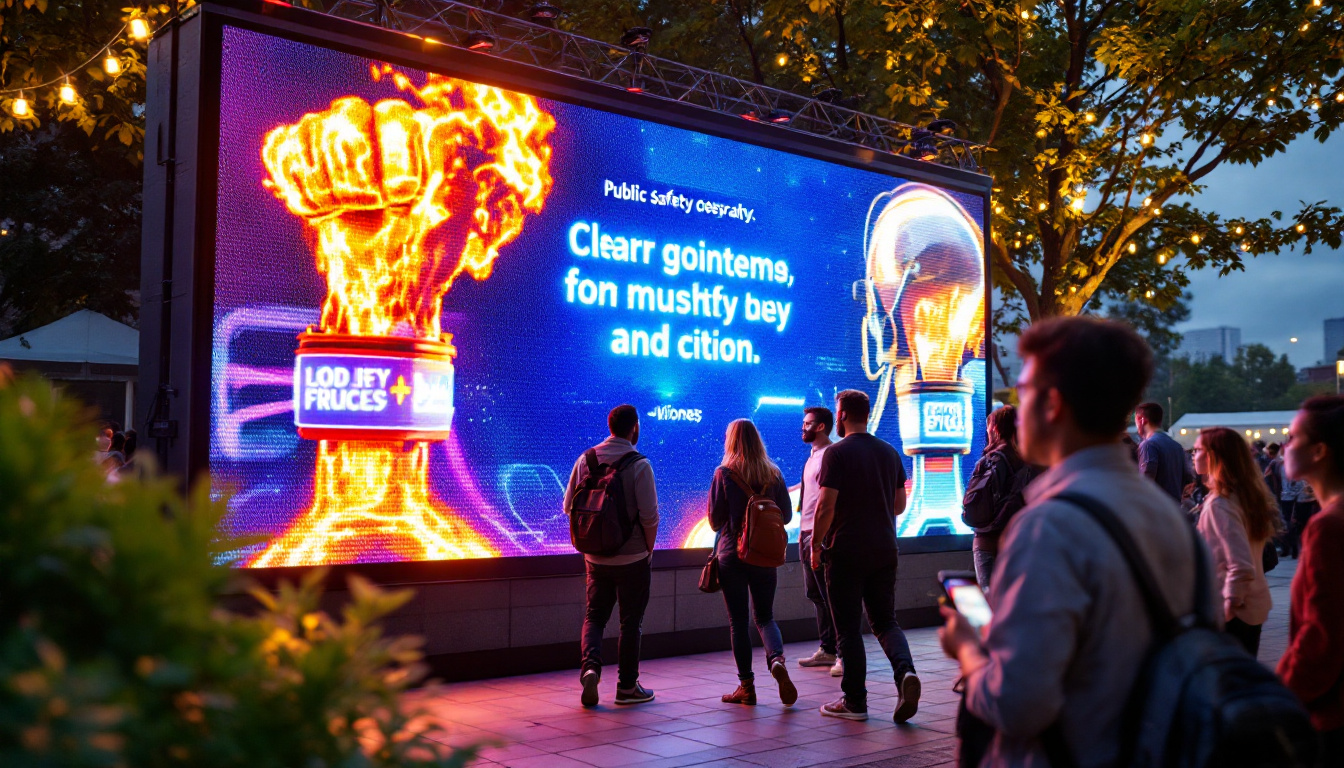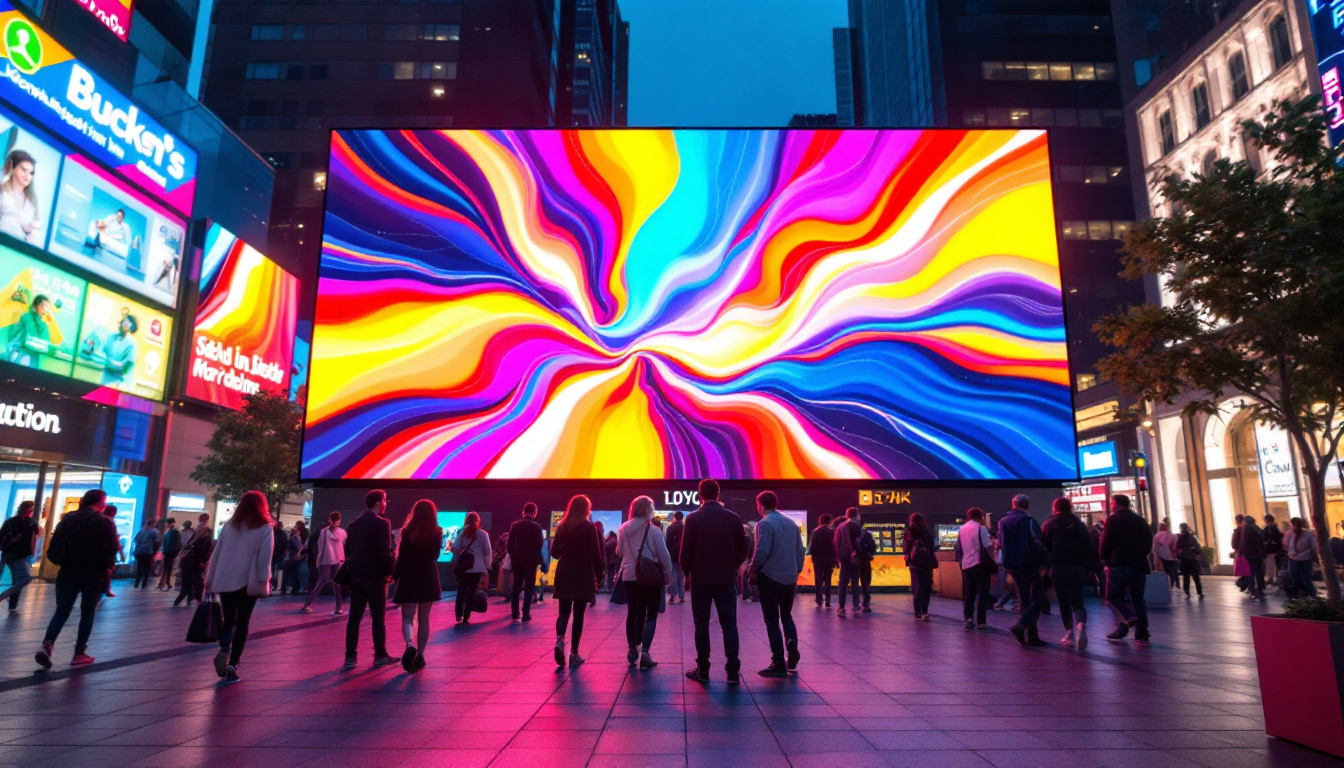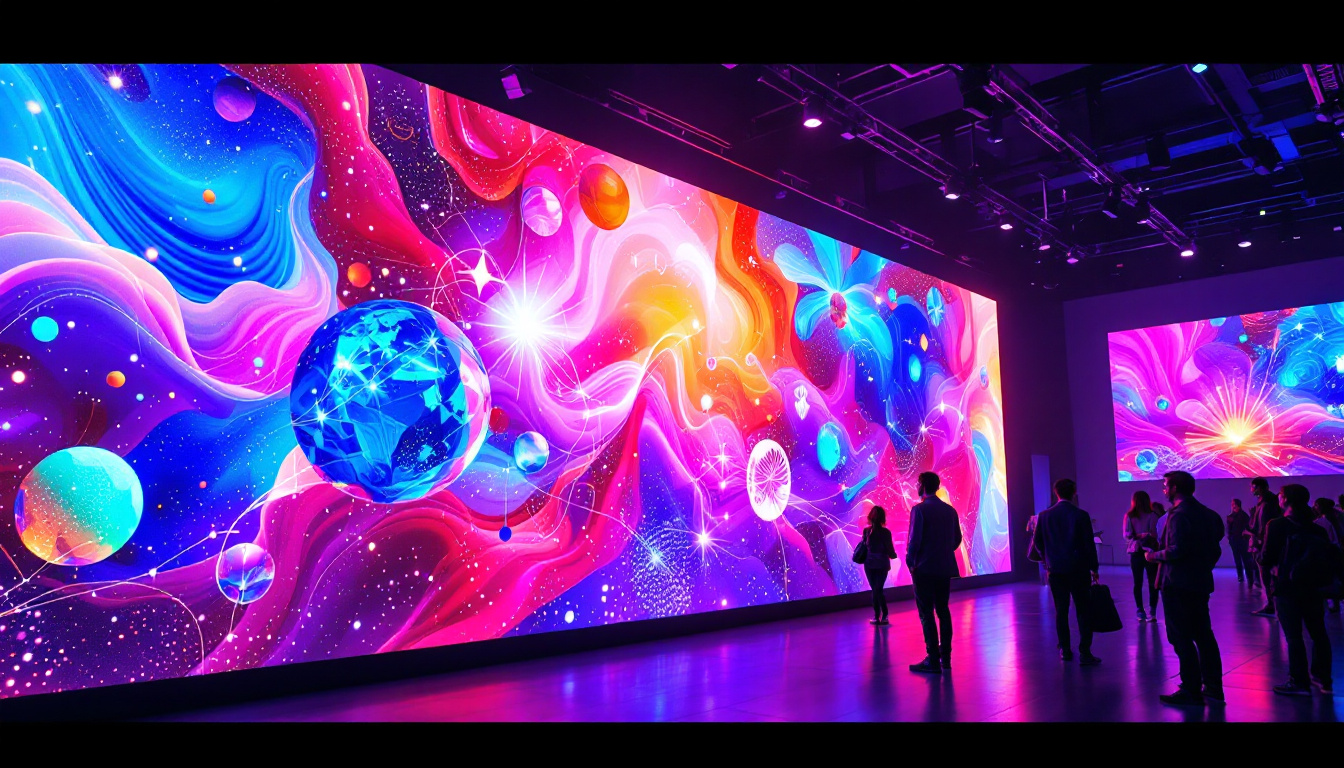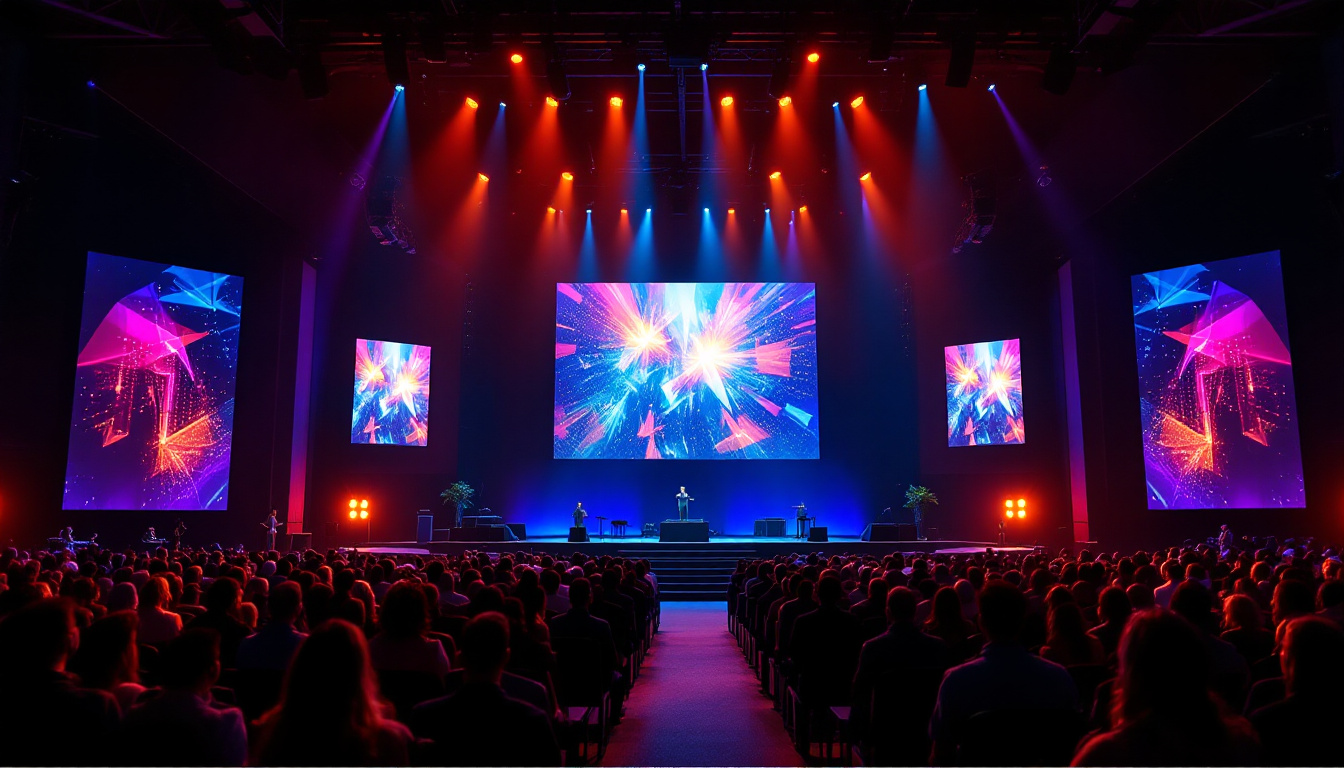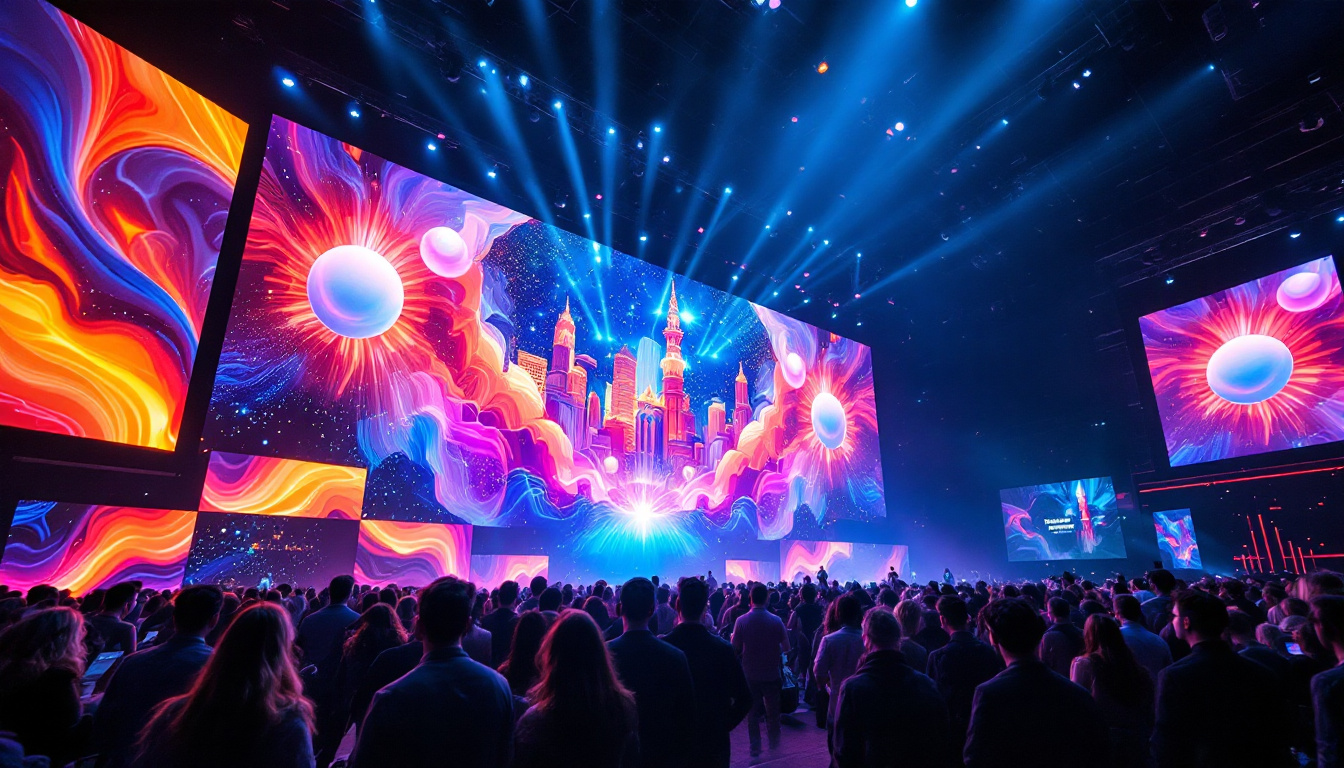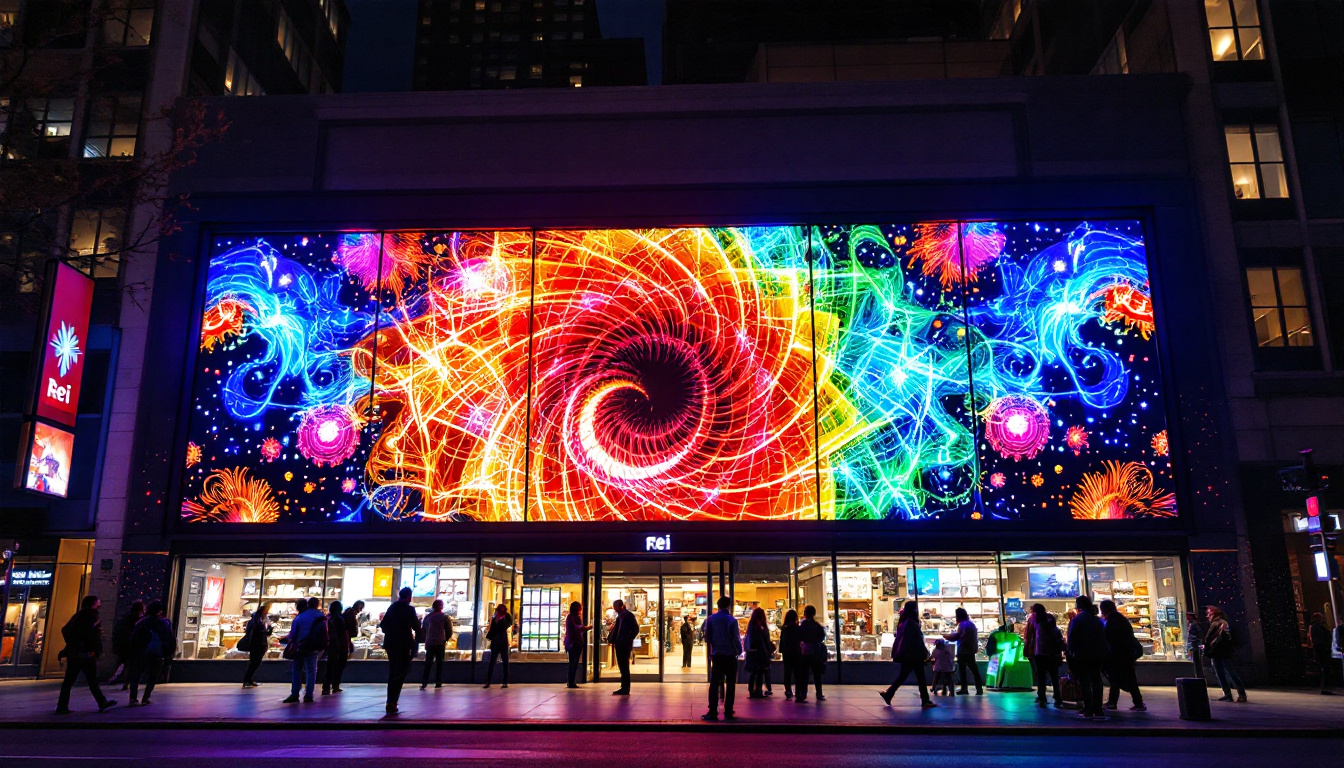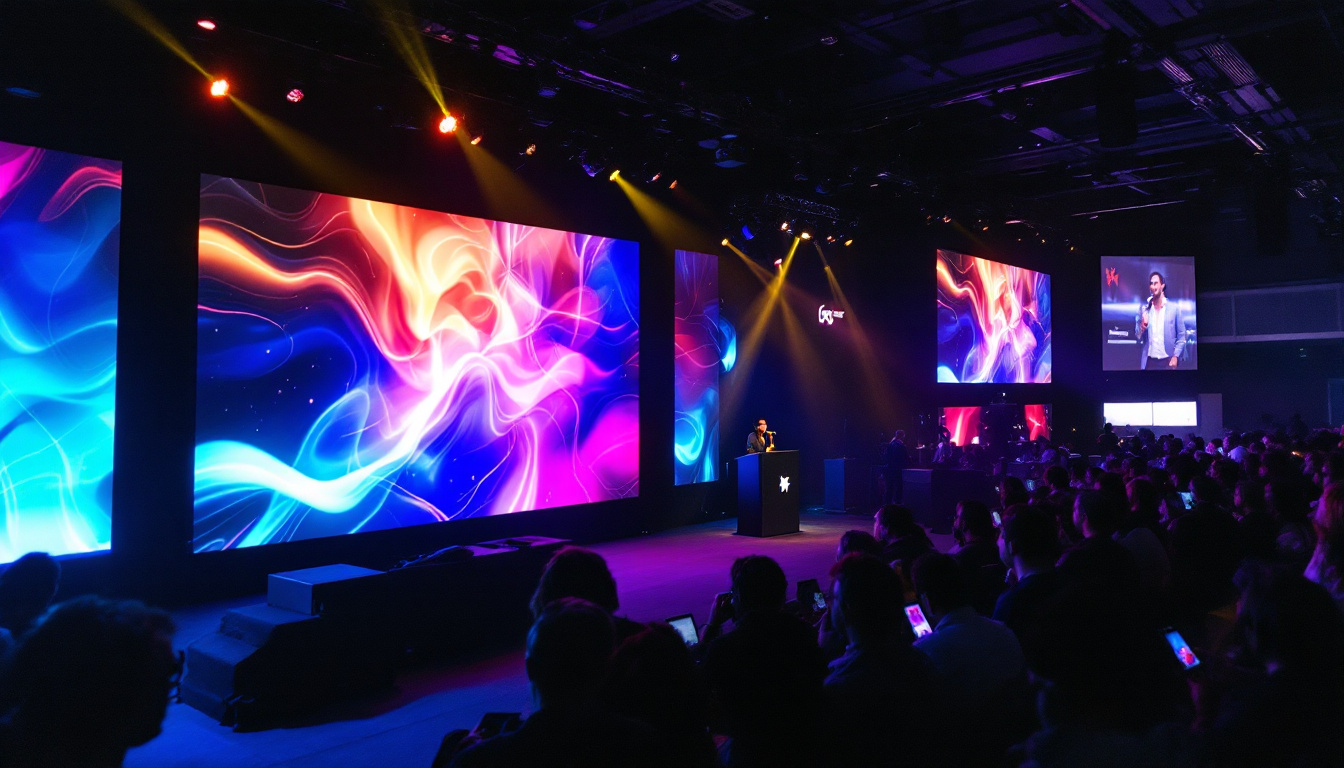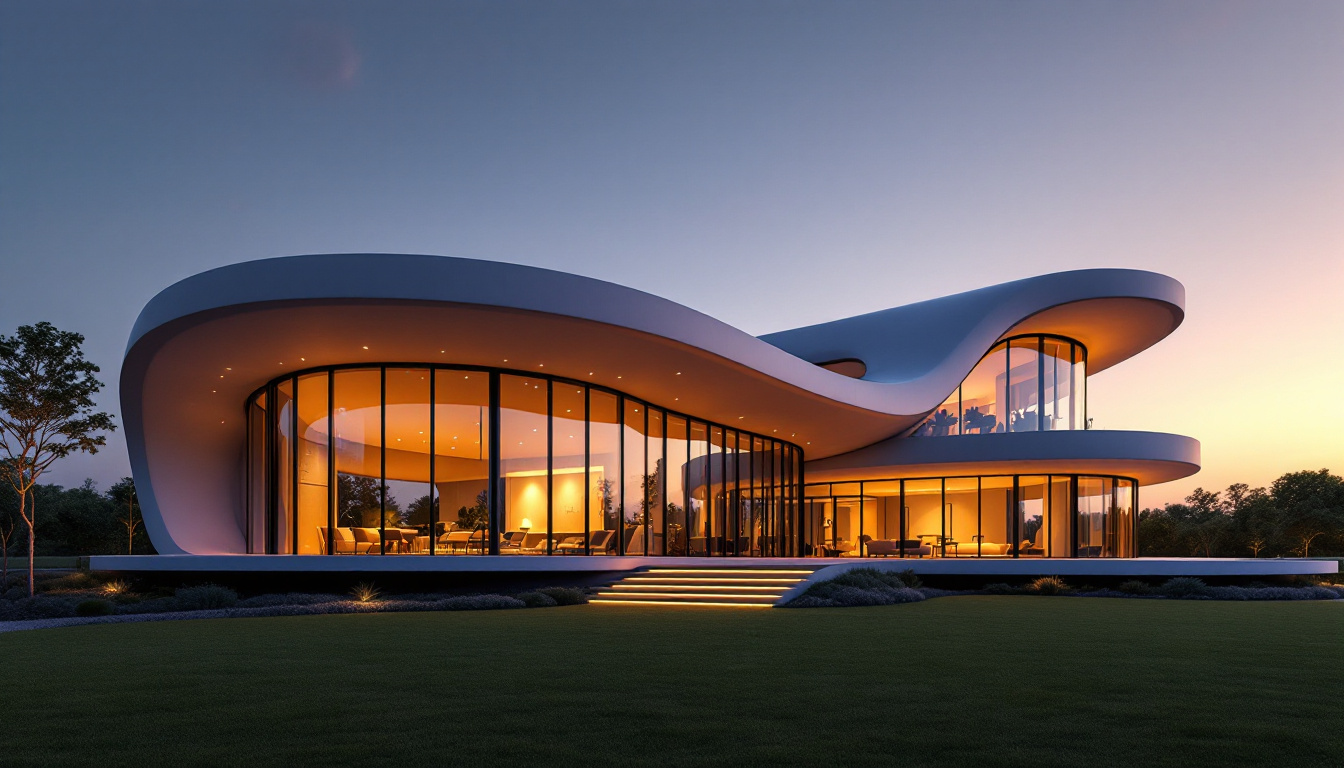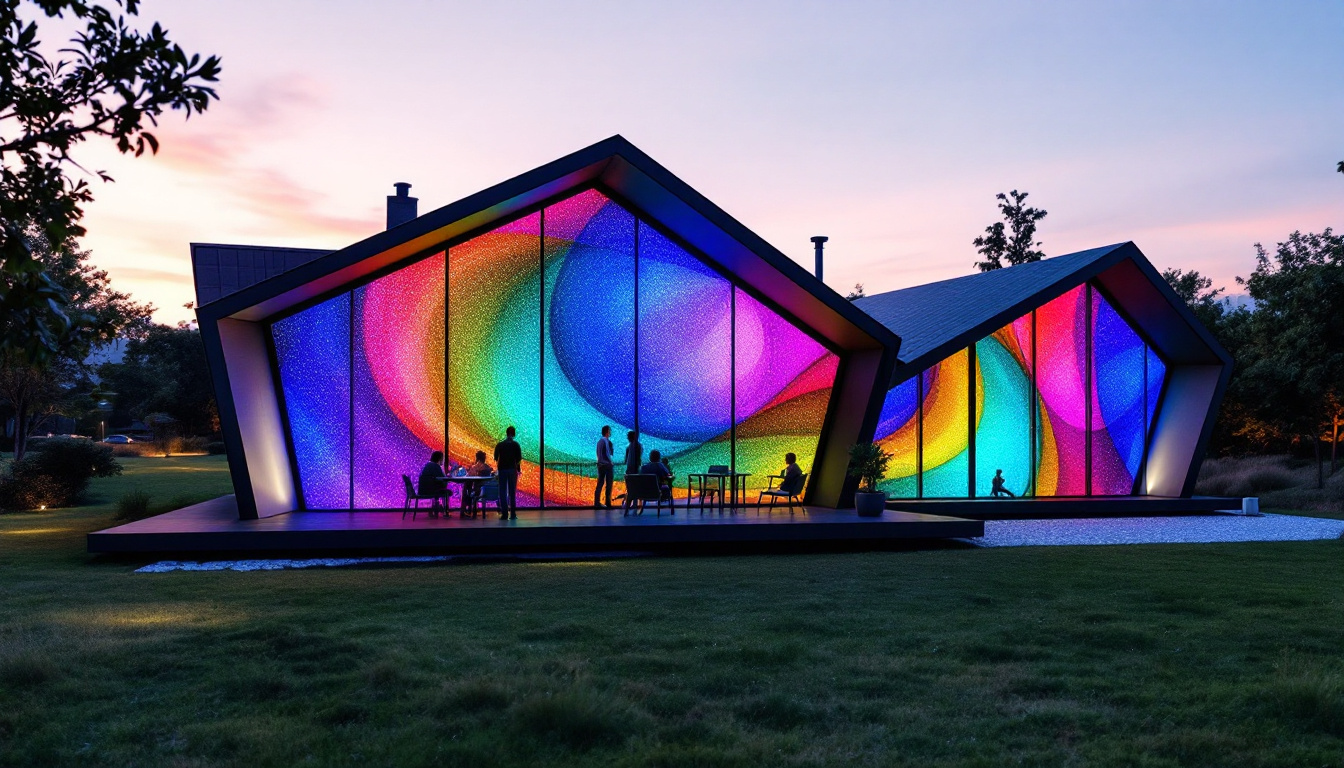In the modern age of technology, churches are increasingly adopting LED lighting solutions to enhance their sanctuaries. These innovative lighting systems not only improve the aesthetic appeal of worship spaces but also contribute to energy efficiency and sustainability. This article delves into the benefits and applications of LED lights in church sanctuaries, offering insights into how they can transform a place of worship.
Understanding LED Lighting Technology
LED, or Light Emitting Diode, technology has revolutionized the way we illuminate spaces. Unlike traditional incandescent or fluorescent bulbs, LEDs are semiconductor devices that emit light when an electric current passes through them. This fundamental difference in technology leads to several advantages that are particularly beneficial for church environments.
Energy Efficiency
One of the most significant advantages of LED lights is their energy efficiency. LED bulbs consume significantly less power compared to traditional lighting options, often using up to 80% less energy. This reduction in energy consumption translates into lower electricity bills, making LED lighting an economically viable option for churches that often operate on tight budgets.
Moreover, the long lifespan of LED lights—typically lasting up to 25,000 hours or more—means that churches will spend less on replacements and maintenance. This durability is particularly advantageous for hard-to-reach fixtures in high ceilings, where changing bulbs can be labor-intensive and costly. Additionally, the reduced frequency of bulb replacements contributes to a lower environmental impact, as fewer resources are consumed in manufacturing and disposing of lighting products.
Color and Ambiance
LED lights come in a variety of colors and can be easily adjusted to create different moods and atmospheres within the sanctuary. This versatility allows churches to tailor the lighting to suit different services, events, or seasons. For instance, warm white light can create a cozy and inviting atmosphere for regular worship, while vibrant colors can enhance special occasions like Christmas or Easter services.
Furthermore, advanced LED technology allows for dynamic lighting effects, such as dimming, color changing, and even programmable sequences. This capability can be particularly useful during worship services, where lighting can be synchronized with music or multimedia presentations, enhancing the overall experience for congregants. In addition, the ability to create specific lighting scenes can help convey messages or themes during sermons, making the worship experience more engaging and impactful. For example, a soft blue hue might be used to evoke a sense of peace during a prayer service, while brighter, warmer tones can energize the congregation during a celebratory event.
Beyond just aesthetics, the use of LED lighting can also improve visibility and safety within church facilities. Well-lit areas reduce the risk of accidents, particularly in spaces where congregants gather before or after services. Enhanced lighting can illuminate pathways, staircases, and entrances, ensuring that everyone can navigate the church safely, especially during evening events or services. This focus on safety not only fosters a welcoming environment but also reflects the church’s commitment to the well-being of its community.
Applications of LED Lights in Church Sanctuaries
LED lighting can be utilized in various ways within a church sanctuary, from general illumination to accent lighting. Understanding these applications can help church leaders make informed decisions about their lighting needs.
General Illumination
General illumination is essential for creating a welcoming environment in any church sanctuary. LED downlights and panel lights can provide even, bright lighting that ensures all areas of the space are well-lit. This is particularly important during services, where congregants need to read hymns, follow along with the sermon, or engage with multimedia presentations.
In addition to downlights, LED track lighting can be strategically placed to highlight specific areas, such as the altar or pulpit, ensuring that these focal points receive adequate attention without overwhelming the entire space. The versatility of LED fixtures allows for adjustments in brightness and angle, accommodating various service formats, from traditional liturgies to contemporary worship styles. Furthermore, the long lifespan and energy efficiency of LED lights contribute to reduced maintenance costs, allowing churches to allocate funds to other vital areas of ministry.
Accent Lighting
Accent lighting serves to highlight architectural features, artwork, or other significant elements within the sanctuary. LED spotlights can be used to draw attention to stained glass windows, sculptures, or murals, enhancing the visual impact of these elements. This not only beautifies the sanctuary but also enriches the worship experience by creating a more immersive environment.
Moreover, LED strip lights can be installed along edges or in coves to create a soft glow that adds depth and dimension to the space. This subtle lighting can be particularly effective during evening services or events, where a warm, inviting atmosphere is desired. The flexibility of LED technology also allows for color-changing options, enabling churches to adapt the ambiance to reflect different seasons or themes, such as warm hues for Advent or vibrant colors for Easter celebrations.
Stage and Performance Lighting
For churches that host performances, events, or concerts, LED stage lighting is crucial. These lights can be programmed to change colors and intensity, allowing for dynamic stage designs that enhance performances. LED par lights, moving heads, and wash lights can be used to create stunning visual displays that captivate audiences.
The ability to control lighting remotely through digital systems adds another layer of convenience for church staff. This technology enables seamless transitions between different lighting setups, ensuring that the focus remains on the performers while maintaining the sanctity of the worship space. Additionally, the integration of LED lighting with sound and video systems can create a cohesive multimedia experience, where lighting effects synchronize with music or spoken word, further engaging the congregation and enhancing the overall atmosphere of worship.
Benefits of LED Displays in Worship Services
In addition to traditional lighting, LED displays have become increasingly popular in church sanctuaries. These displays can serve a variety of functions, from displaying song lyrics to broadcasting live events. Understanding the benefits of LED displays can help churches enhance their worship experience.
Enhanced Communication
LED displays provide a powerful medium for communication within the church. Whether it’s displaying song lyrics, sermon notes, or announcements, these screens ensure that congregants can easily follow along. This is especially beneficial for new attendees who may not be familiar with the order of service or specific hymns.
Furthermore, during special events or holiday services, LED displays can showcase multimedia presentations that enhance the message being conveyed. This visual element can help reinforce the sermon and create a more engaging experience for the congregation.
Live Streaming and Recording
With the rise of digital worship, many churches are now live streaming their services to reach a broader audience. LED displays can be integrated into the live streaming setup, providing clear visuals for both in-person and online viewers. This ensures that everyone, regardless of their location, can participate in the worship experience.
Additionally, recording services for later viewing has become a common practice. LED displays can be used to highlight key moments during the service, making the recorded content more engaging and accessible to those who view it later.
Interactive Features
Modern LED displays can also incorporate interactive features, such as touch screens or responsive content. This interactivity can be used for various purposes, such as allowing congregants to submit prayer requests, participate in polls, or engage with sermon-related content. By fostering interaction, churches can create a more inclusive and participatory worship environment.
Moreover, these interactive elements can be particularly beneficial for youth services or events, where engaging younger congregants is essential for fostering their faith and involvement in the church community.
Considerations for Implementing LED Lighting and Displays
While the benefits of LED lighting and displays are clear, there are several considerations that churches should keep in mind when planning their implementation. Understanding these factors can help ensure a successful transition to LED technology.
Budget and Funding
Transitioning to LED lighting and displays can require a significant initial investment. Churches should carefully assess their budgets and explore funding options, such as grants or donations, to support the project. Many energy companies also offer rebates for energy-efficient upgrades, which can help offset costs.
It’s essential to consider the long-term savings associated with LED technology, as the reduced energy consumption and maintenance costs can lead to substantial financial benefits over time. A well-planned budget that accounts for both initial costs and long-term savings will help churches make informed decisions.
Professional Installation
Installing LED lighting and displays requires technical expertise to ensure that systems are set up correctly and safely. Churches should consider hiring professional installers who specialize in lighting design and audiovisual systems. This investment in professional installation can help avoid potential issues down the line and ensure that the technology is utilized to its full potential.
Additionally, professional installers can provide valuable insights into the best lighting and display solutions for the specific needs of the sanctuary, taking into account factors such as acoustics, layout, and intended use.
Ongoing Maintenance and Training
Once LED lighting and displays are installed, ongoing maintenance is essential to ensure their longevity and optimal performance. Churches should establish a maintenance schedule and consider training staff or volunteers on how to operate and troubleshoot the systems effectively.
Regular maintenance checks can help identify any issues before they become significant problems, ensuring that the sanctuary remains a welcoming and well-lit space for worship. Training staff on the technology will empower them to utilize the systems creatively and effectively, enhancing the overall worship experience.
Conclusion
LED lights and displays offer a wealth of benefits for church sanctuaries, enhancing both the aesthetic appeal and functionality of these sacred spaces. From energy efficiency and versatility to improved communication and engagement, LED technology has the potential to transform the worship experience.
As churches consider implementing LED lighting and displays, careful planning, budgeting, and professional installation will be crucial for success. By embracing this technology, churches can create vibrant, welcoming environments that inspire and uplift congregants for years to come.
Illuminate Your Sanctuary with LumenMatrix
Ready to elevate your church’s worship experience with the transformative power of LED lighting? LumenMatrix is at the forefront of LED display technology, offering an extensive range of solutions tailored to your sacred space. From Indoor LED Wall Displays that envelop your congregation in warmth, to Outdoor LED Wall Displays that welcome them before they step inside, our mission is to bring your services to life. Discover how our LED Sports Displays, Custom LED Displays, and more can enhance engagement and communication within your sanctuary. Check out LumenMatrix LED Display Solutions today and witness the difference in clarity and impact.




